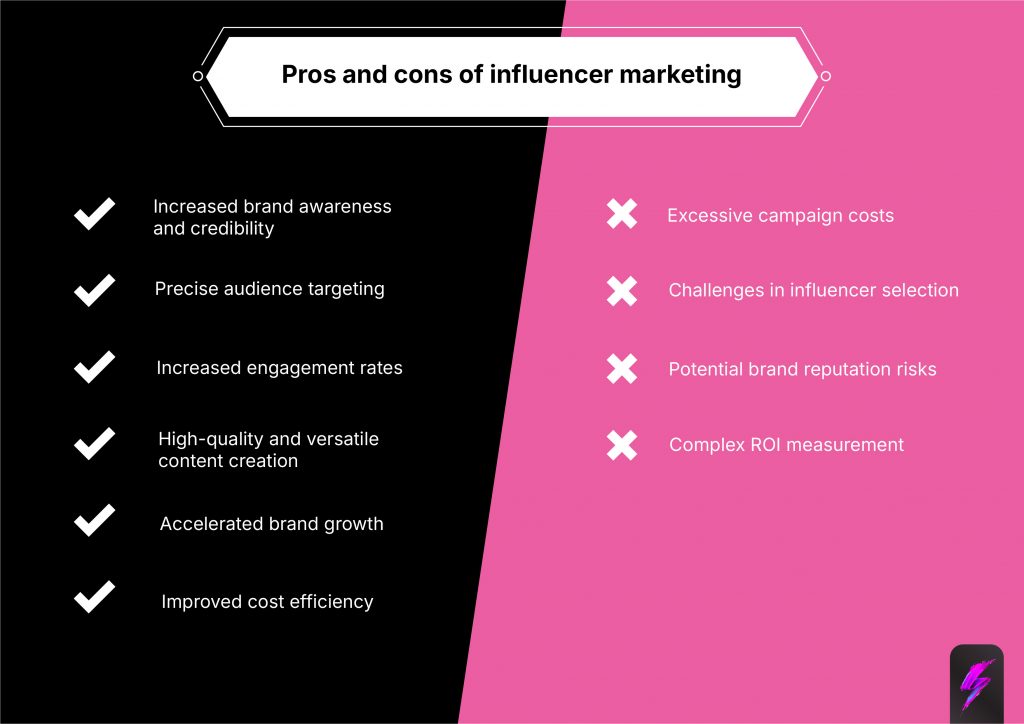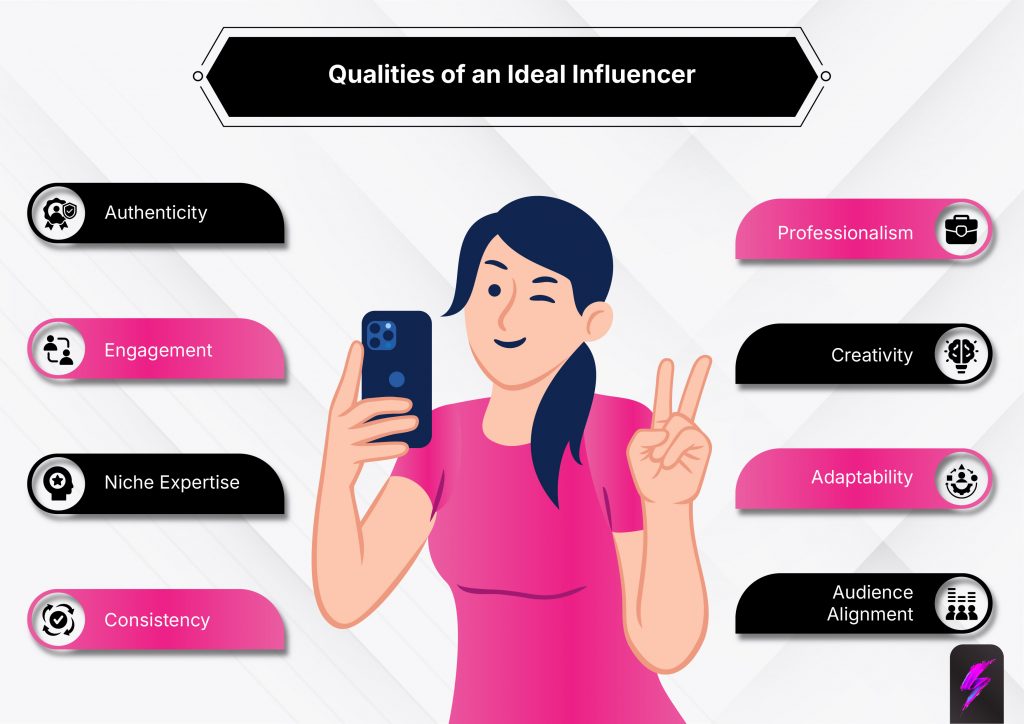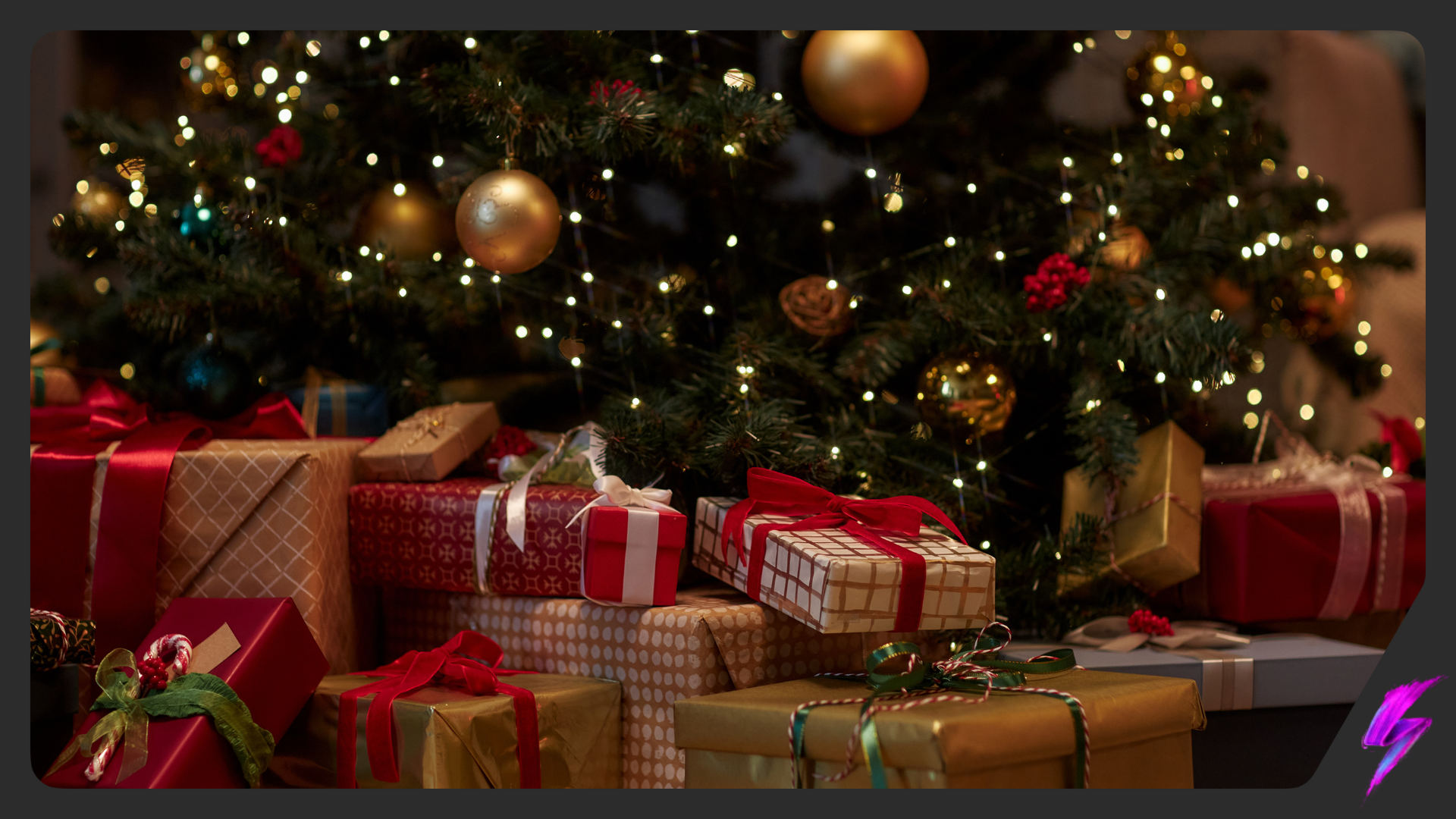Pros and Cons of Influencer Marketing







Influencer marketing has clear upsides as it helps brands boost awareness, reach the right audience, and encourage stronger engagement. On the other hand, it comes with challenges like high campaign costs, difficulty choosing the right influencers, and risks to brand reputation.
Influencer marketing builds trust, improves visibility, and delivers measurable results when managed well. However, brands need to plan carefully to avoid issues such as influencer controversies, unclear ROI, or market saturation. Research from Influencer Marketing Hub shows it can be highly profitable, with some campaigns returning an average of $5.78 for every $1 spent.
To handle the risks like measuring ROI, maintaining content control, or keeping audiences engaged, many companies turn to influencer marketing agencies. These agencies bring experience, streamline influencer selection, and manage marketing campaigns with a consistent brand voice which helps brands avoid common marketing errors.

What Are the Pros of Influencer Marketing?
Influencer marketing has become one of the most powerful ways for brands to expand their visibility, connect with the right audiences, and spark meaningful engagement. It blends authenticity with creativity, unlike traditional advertising, and offers brands versatile content that can be shared across multiple social media channels. When companies collaborate with the right creators, they build trust, foster stronger community connections, and achieve a higher return on investment (ROI).
Some benefits of influencer marketing are given below.
- Increased brand awareness and credibility
- Precise audience targeting
- Increased engagement rates
- High-quality and versatile content creation
- Accelerated brand growth
- Improved cost efficiency
1. Increased Brand Awareness and Credibility
Brand awareness is the extent to which consumers recognize or recall a brand, while credibility refers to the brand’s perceived trustworthiness. Social media creators introduce brands to new audiences using organic content and authentic influencer reviews in influencer marketing. This strategy increases brand visibility and trust among the audience.
Influencer partnership campaigns generate up to 11x more ROI than traditional banners, according to TapInfluence. An influencer’s personal brand voice benefits brands, as it helps them establish immediate credibility and accelerates consumer recognition.
2. Precise Audience Targeting
Precise audience targeting means delivering content to users who are most likely to be interested in a product or service. Influencer marketing makes sure to align a brand’s requirements with the demographics or interests of the social media influencers’ followers. Precise audience targeting improves the relevance of the content shared and results in better engagement. A Nielsen study found that 92% of consumers trust user-generated content and recommendations from influencers over brand-created ads.
3. Increased Engagement Rates
Engagement rate measures interactions like likes, comments, and shares relative to audience size. Influencer marketing focuses on driving higher engagement by capitalizing on personalized and relatable content.
According to a study by MTA Digital, nano and micro influencers generate engagement rates between 4% and 8%, which is higher than branded content. Platforms using social media shares and customer testimonials from influencers build strong community connections and result in vitality of posts.
4. High-Quality and Versatile Content Creation
High-quality content is visually and contextually appealing media since it is designed to engage with a targeted audience. Brands source relevant content and reusable influencer content using influencer marketing platforms. This type of influencer marketing content helps them align their brand voice with the target audience for better outcomes.
Consumer brands further increase content value by using influencer-generated material across multiple digital campaigns. Its authenticity and versatility make it effective on every channel, such as Instagram ads for visual storytelling, TikTok videos for short-form engagement and YouTube tutorials for in-depth product demos. According to HubSpot, 79% of marketers repurpose influencer content for paid ads and website use.
5. Accelerated Brand Growth
Brand growth refers to the measurable expansion of a company’s market reach, customer base, and revenue. Influencer marketing, when done right, ensures brand growth because it focuses on generating quick traction through trusted voices, social proof, and influencer partnerships.
Influencer campaigns increase purchase intent by 5.2x, as per a Twitter and Annalect study. The digital-first brands aim for rapid audience penetration, which is better achieved through influencer marketing as compared to traditional marketing techniques due to its speed and scale of exposure.
6. Improved Cost Efficiency
Cost efficiency is achieving a higher return on investment with a lower marketing budget. Influencer marketing achieves this by generating higher ROI, particularly through nano and micro influencers who create authentic and relatable content.
Unlike traditional ad production, influencer-generated content is more affordable and performs better because audiences trust it. According to Influencer Marketing Hub, businesses earn an average of $5.78 for every $1 spent on influencer marketing which makes it a financially viable choice for startups as well as established brands.
What Are the Cons of Influencer Marketing?
The cons of influencer marketing are excessive campaign costs, challenges in influencer selection, and potential brand reputation risks. Audiences get fatigued from overexposure to sponsored content if the influencer marketing is done too aggressively and without due planning. Influencer marketing also causes complex ROI measurement and limited control over content when compared to traditional advertising.
Brands manage the challenges of influencer marketing with better strategic planning and proper influencer vetting for successful campaigns. Those that do not pay attention to planning and executing the influencer marketing campaigns end up in influencer controversies or suffer from long-term reputation damage.
Some disadvantages of influencer marketing are given below.
- Excessive campaign costs
- Challenges in influencer selection
- Potential brand reputation risks
- Complex ROI measurement
- Limited control over content
- Audience fatigue from market overexposure
1. Excessive Campaign Costs
Excessive campaign costs refer to overspending on influencer partnerships without guaranteed returns. Influencer marketing fees escalate quickly, especially with macro- or mega-influencers with a large number of followers and a greater impact on audiences’ behavior.
The huge cost for hiring influencers becomes impractical for the long term. The influencer pitfall destroys ROI and drains marketing funds for small and medium businesses. Brands must set clear budgets, negotiate fair rates, and align compensation with performance-based benchmarks to avoid such financial issues.
2. Challenges in Influencer Selection
One of the key challenges in influencer selection is finding creators whose audience, values, and content align with the brand. Choosing the wrong influencer can lead to poor engagement, inconsistent messaging, and even campaign failure.
Brands should conduct a thorough vetting process using tools to verify influencer authenticity and analyze audience demographics, to reduce these risks and maintain brand voice consistency.
3. Potential Brand Reputation Risks
Brand reputation is at risk when influencers engage in controversies or produce content that conflicts with brand values. Such missteps can trigger consumer backlash and long-term damage to the credibility of brands. Businesses deal with such challenges by implementing a stricter content approval policy, checking the background of hired influencers, and writing a clear contract that outlines the brand’s ethical expectations and content standards with the influencer.
4. Complex ROI Measurement
Measuring ROI in influencer marketing is challenging especially when trying to capture long-term brand awareness or track conversions. Many brands struggle with unclear results and campaign measurement issues. The solution to multiplex ROI measurement is to implement trackable links, unique discount codes, and define success metrics tied to key performance indicators (KPIs) from the start of each influencer marketing campaign.
5. Limited Control over Content
Limited control over content occurs when influencers produce messaging that diverges from brand guidelines. This leads to brand voice inconsistency and diluted messaging.
Every brand should provide influencers with comprehensive guidelines that define the required messaging and tone of content. Close collaboration with influencers during the content creation process helps avoid wrong messaging in an influencer marketing campaign.
6. Audience Fatigue from Market Overexposure
Audience fatigue from market overexposure happens when users repeatedly see similar content from multiple influencers. Overexposure causes disinterest and reduced engagement from the target audiences. The content overload weakens campaign effectiveness, and the audience becomes bored or annoyed by repeated ads. Brands working with multiple influencers and rotating between them help solve this issue. Spacing the campaign timelines appropriately and prioritizing organic storytelling over aggressive promotion is another way to handle audience fatigue.
Why Is Influencer Marketing Important for a Business?
Influencer marketing is important for a business because it improves visibility and delivers targeted results. Businesses gain easy access to their target audience and win them over when they work with influencers who have niche authority, strong audience relationships, and high engagement. Influencer marketing offers authenticity, which is beneficial in building brand trust and encouraging consumers to take action.
Does Influencer Marketing Work?
Yes, influencer marketing works because it effectively increases brand awareness and builds trust through authentic content.
According to a 2024 Influencer Marketing Hub report, 89% of marketers believe influencer marketing delivers ROI comparable to or better than other channels. Influencer marketing works by collaborating with creators who have already earned their audience’s trust. The endorsements from influencers are more believable and impactful than traditional ads.
What Qualities Should an Influencer Have?

The qualities that an influencer should have are given below.
- Authenticity: Influencers who are genuine and honest in their content help build trust and maximize the effects of influencer marketing.
- Engagement: Influencers with high follower interaction show real community influence, and although macro or mega influencers cost more, they greatly increase a brand’s visibility.
- Niche Expertise: Influencers with specialized knowledge of the niche build credibility by aligning with audience interests and effectively communicating the brand’s message.
- Consistency: Influencers who post regularly with a clear brand voice keep followers engaged and offer sustained marketing campaign performance.
- Professionalism: Influencers who meet deadlines, respect guidelines, and communicate clearly make it easy for the brands or influencer marketing agencies to hire them and work with them in a smooth and effective manner.
- Creativity: Influencers who use unique formats and storytelling to create content help the brands stand out and grab audience attention.
- Adaptability: Influencers who are willing to adjust content or strategy based on the brand’s feedback are most preferred to work with. They guarantee better alignment with brand goals and higher campaign conversion rates.
- Audience Alignment: Influencers with a follower base that matches the brand’s target demographic result in meaningful reach and conversion potential.
Why Should You Hire Influencer Marketing Agencies?
You should hire influencer marketing agencies because they bring niche expertise, save time, and furnish measurable results. Influencer marketing agencies have access to advanced influencer marketing softwares, like GRIN and CreatorIQ to quickly find the right creators who align with a brand’s target audience.
Influencer marketing agencies handle everything from campaign strategy to creator collaboration. Their job is to make sure that the brand’s voice is consistent and compliant across all digital platforms, like Instagram, TikTok, and Facebook. They also manage campaign performance and provide clear reporting and optimization based on key metrics, such as engagement rates, cost per click, and cost per sale.
Brands avoid common influencer pitfalls, reduce risks, and scale their efforts more efficiently by outsourcing influencer marketing to professional marketing agencies.
How to Hire Influencer Marketing Agencies to Manage Your Campaigns?
To hire influencer marketing agencies to manage your campaigns, follow the steps given below.
- Outline specific goals including brand awareness, engagement, or conversions to align with the influencer marketing agency’s strategy.
- Look for proven results, case studies, and client reviews to check the credibility of the influencer marketing agency.
- Make sure the influencer marketing agency has access to influencers that match your brand voice and target audience.
- Request the influencer marketing agency to explain how they handle influencer selection, campaign setup, and performance tracking.
- Be upfront about your budget and ask how the agency will deliver benefits while minimizing typical influencer marketing disadvantages.
- Check how the influencer marketing agency reports on KPIs, such as reach and engagement, and how they manage campaign drawbacks like unclear ROI.
- Be transparent about the contract details including scope, timelines, deliverables, and responsibilities, to avoid misunderstandings later.
- Maximize long-term advantages of hiring an influencer marketing agency by tracking early results.
What Is the Biggest Challenge in Influencer Marketing?
The biggest challenge in influencer marketing is building and maintaining influencer trust while minimizing campaign risks. Many brands struggle with selecting reliable influencers who align with their values and brand voice. Mismatched collaborations lead to audience backlash or wasted budgets.
Businesses must implement a strict vetting process, focus on long-term partnerships, and use vetting tools to assess influencer authenticity and past performance. Transparency is important to maintain a fruitful influencer relationship between the brand, the influencer, and their audience.
How to Mitigate the Risks of Influencer Marketing?
To mitigate the risks of influencer marketing, follow the steps given below.
- Vet Influencers Thoroughly: Vetting influencers carefully for audience authenticity, engagement history, and alignment with brand values makes it easier to avoid failed marketing campaigns.
- Set Clear Contracts and Guidelines: Defining deliverables, setting timelines, and discussing content usage rights are the key to avoiding brand voice inconsistency or influencer pitfalls.
- Monitor Influencer Campaign Performance Regularly: Tracking KPIs using influencer softwares like Upfluence, CreatorIQ, and Traackr are guaranteed ways to catch issues early and improve campaign measurement and ROI clarity.
- Prioritize Long-Term Collaborations: Building consistent influencer partnerships plays an important role in increasing brand trust and reducing the risk of unexpected behavior or reputation damage.
- Have a Crisis Management Plan: Preparing in advance for influencer controversies is indispensable to protecting your brand from potential backlash or PR issues.
- Work with Experienced Agencies: Hiring influencer marketing agencies with expert oversight, strategic planning, and effective risk mitigation for your campaigns is pivotal for influencer marketing campaign success.
Do Social Media Influencers Have a Negative Impact on Society?
Yes, social media influencers have a negative impact on society because of unrealistic portrayals, misinformation, and irresponsible content.
Some influencers promote unattainable lifestyles which lead to mental health issues, low self-esteem, and consumer pressure. Others share misleading or unverified information, especially in health, finance, or political topics, which harms public perception or decision-making.
The controversial behavior of influencers not only affects their followers but also damages brand reputations tied to their image. Brands that thoroughly vet influencers for their values and ethical standards effectively avoid a negative impact of their brand messaging on society.
What Is the Role of AI in Influencer Marketing?
The role of AI in influencer marketing is to automate influencer discovery, campaign management, and performance analysis for better efficiency and precision. AI is the future of influencer marketing because it allows brands to predict trends, identify fake followers, and personalize campaigns at scale.
ARIA is an AI-powered influencer marketing tool by Socially Powerful that streamlines influencer selection, automates outreach, and optimizes real-time campaign performance. The level of automation offered by Aria not only reduces manual workload but also improves targeting accuracy and ROI. ARIA is an excellent example of how AI shapes data-driven influencer marketing strategies for a brand’s benefit.
What Will Influencer Marketing Look Like in Upcoming Years?
Influencer marketing in the upcoming years will become more data-driven, AI-powered, and centered around authenticity and niche communities. Brands will shift toward long-term influencer partnerships, nano and micro influencers, and performance-based collaborations as audiences grow increasingly selective.
Businesses will gain more profound insights into ROI and campaign impact with the advancements in influencer marketing softwares and analytics. Brands should prioritize influencer marketing because it continues to outperform traditional advertising in engagement, trust, and content relevance.
How Long Will Influencer Marketing Remain Effective?
Influencer marketing will remain effective as long as audiences value authenticity, peer trust, and relevant content over traditional ads.
Influencer marketing continues to improve with better tools and regulations, despite obstacles to ROI tracking or reputational risks. It is a scalable channel of marketing as long as brands adapt to changing consumer behavior and prioritize credible partnerships.
We'll show you how to start powerful conversation, drive social engagement, build your brand, hit sales targets or meet other goals you have, wherever you are in the world.
Work with us






















